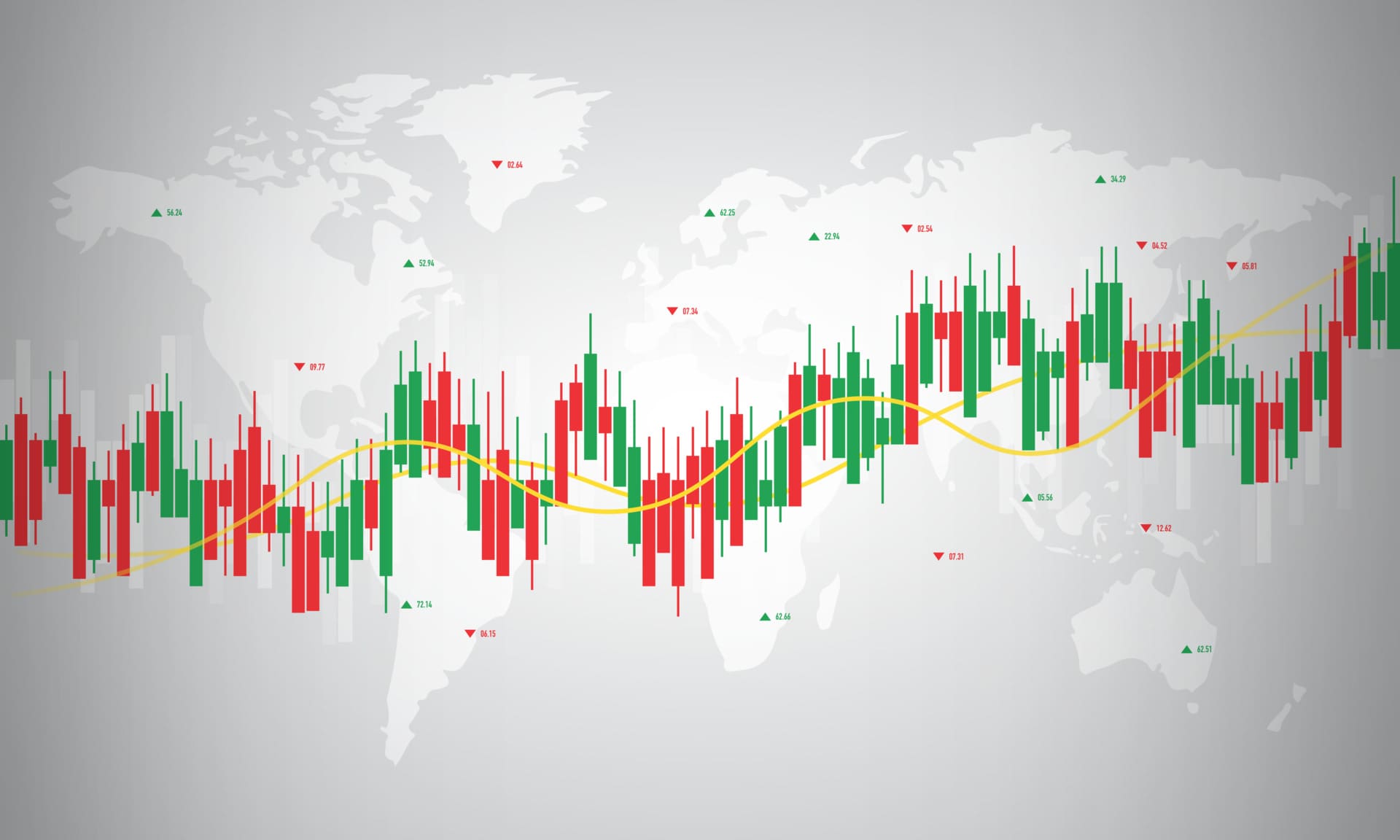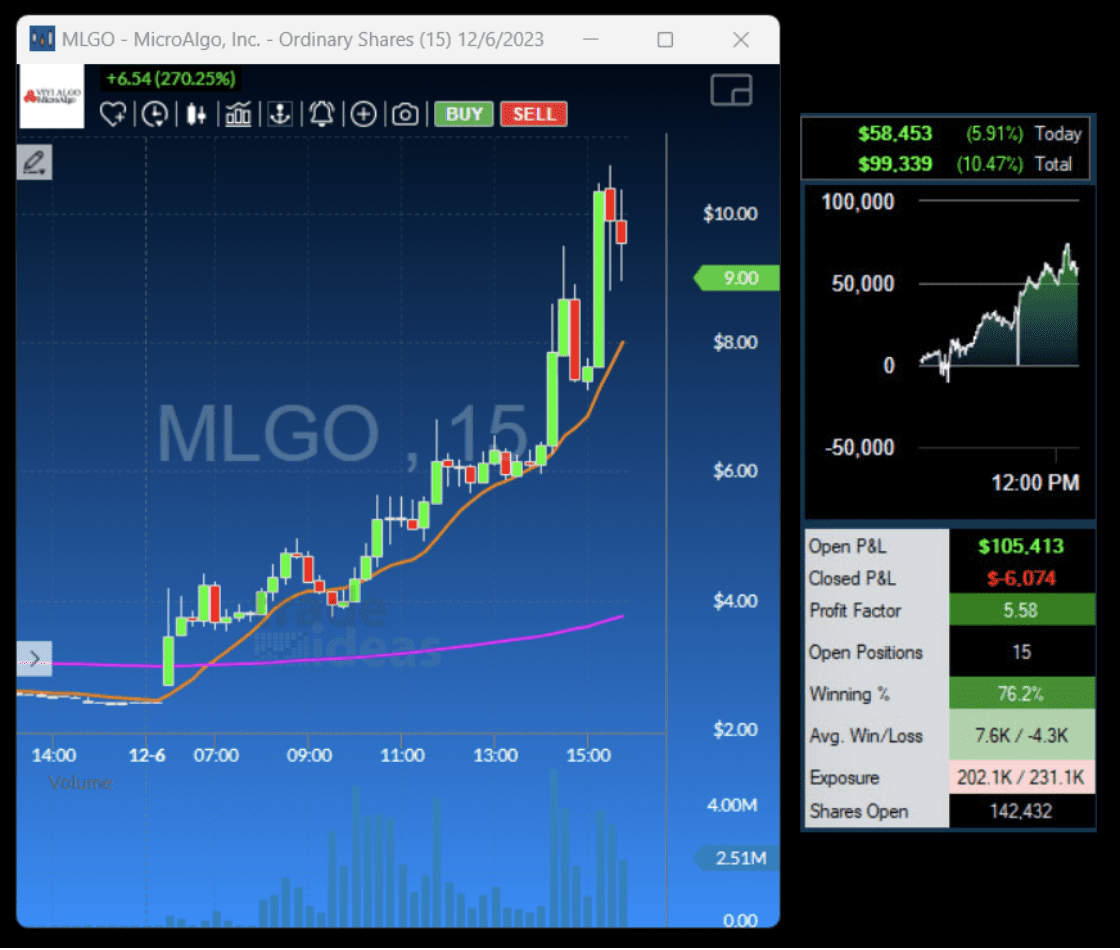Navigating the Global Trading Landscape: Bridging the Gap Between Forex and U.S. Stock Markets with Trade Ideas
Navigating the Global Trading Landscape: Bridging the Gap Between Forex and U.S. Stock Markets with Trade Ideas
By Katie Gomez
Stock trading and market dynamics extend beyond the confines of the United States. While forex trading has become a widespread international practice, the conventional U.S. stock markets can appear less accessible to those residing outside the U.S. Despite the success of fluctuating currency pairs, there exists a world of opportunities in the enigmatic U.S. equity markets, offering untapped potential for traders nimble enough to capitalize on their inherent volatility.
The American stock exchanges, situated in cities like New York and Chicago, may seem distant compared to the global popularity of forex trading, even though they underpin the world’s largest economy. Nevertheless, traders well-versed in forex can adapt their mindset and tools to thrive in the U.S. stock market. This article aims to guide international traders in bridging the gap and reaping the benefits of U.S. markets, unlocking new potential opportunities.

Key Differences Between Forex and US Stocks
Savvy scanning platforms empower traders abroad to research American companies, receive alerts for earnings events, and identify technical formations despite geographical distances. Whether riding the high leverage of currency pairs or favoring the derivatives power of options contracts, traders can now complement their forex success by strategically transducing into lucrative Wall Street positions. The technology exists to tap into U.S. stocks today; it simply comes down to whether traders can shape strategies to master its challenges.
The forex and U.S. equities markets differ significantly, posing adaptation challenges. Forex operates 24 hours a day, allowing real-time reactions without waiting for an exchange to open. High leverage in currency trading permits larger position sizes with less upfront capital, magnifying risk management implications. In contrast, stocks involve more defined trading sessions and adhere to strict leverage limitations imposed by regulators.
Earnings cycles, especially critical moments for trend direction, are a notable difference. Corporate results temporarily increase a stock’s volatility, marking pivotal moments. Missing an earnings surprise while U.S. markets are closed could devastate positions. Options also play a more significant role in U.S. markets, demanding an understanding of concepts like premium decay. Getting accustomed to these quirks requires both education and screen time.
Challenges Researching Stocks Remotely

Even with online brokerage access, conducting regular U.S. stock research poses challenges without being on Eastern time. Staying current on corporate filings and executive changes is crucial but challenging from thousands of miles away. No alert replaces the feeling of being on Wall Street trading floors, sensing the electricity as breaking announcements provoke real-time sentiment.
While currency pair direction shifts emerge gradually, stocks can gap up or down within minutes when pivotal news hits wires. Traders abroad often realize they’ve missed major events well after opportunities have vanished. Bridging this analysis gap is integral to staying ahead of the curve and keeping potential profits from melting away, separating those who get into stocks early from those who read about it in headlines once it’s too late.
Key Platform Capabilities of Trade Ideas
Trade Ideas, the top-rated scanning and intelligence platform for active stock traders, has won multiple best-in-class awards and boasts thousands of loyal user accounts. The platform utilizes artificial intelligence capabilities to parse market data, news sources, and social media chatter, detecting compelling trade opportunities across U.S. and Canadian exchanges in real time.
Beyond identifying stocks experiencing technical events, Trade Ideas stands out for its machine-learning algorithms that hunt for hard-to-find chart patterns predictive of further price movement. The platform delivers customizable alerts and push notifications, allowing quick reactions to market signals even when focused elsewhere.

Rather than simplistic screening, Trade Ideas dynamically tracks multi-factorial influences on a stock’s behavior, capturing institutional inflows, analyst revisions, insider transactions, options sweeps, and more. Users can orchestrate and participate in stock races to determine which stocks fit their goals.
In Conclusion
The U.S. stock market offers opportunities that forex cannot. However, it is more challenging to follow and participate in from abroad. This is where platforms like Trade Ideas come in handy. Trade Ideas is the key to bridging the gap, offering a connection to the U.S. markets so traders can take advantage of both forex and American markets, regardless of their location. Platforms like Trade Ideas provide screeners, analytics, and alert windows to help bridge the gap between markets. International traders looking to capitalize on U.S. markets would be wise to utilize the benefits Trade Ideas offers to start unlocking the potential of the U.S. stock market today.
